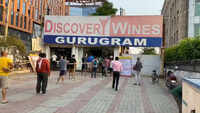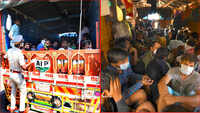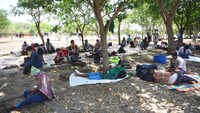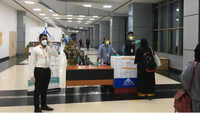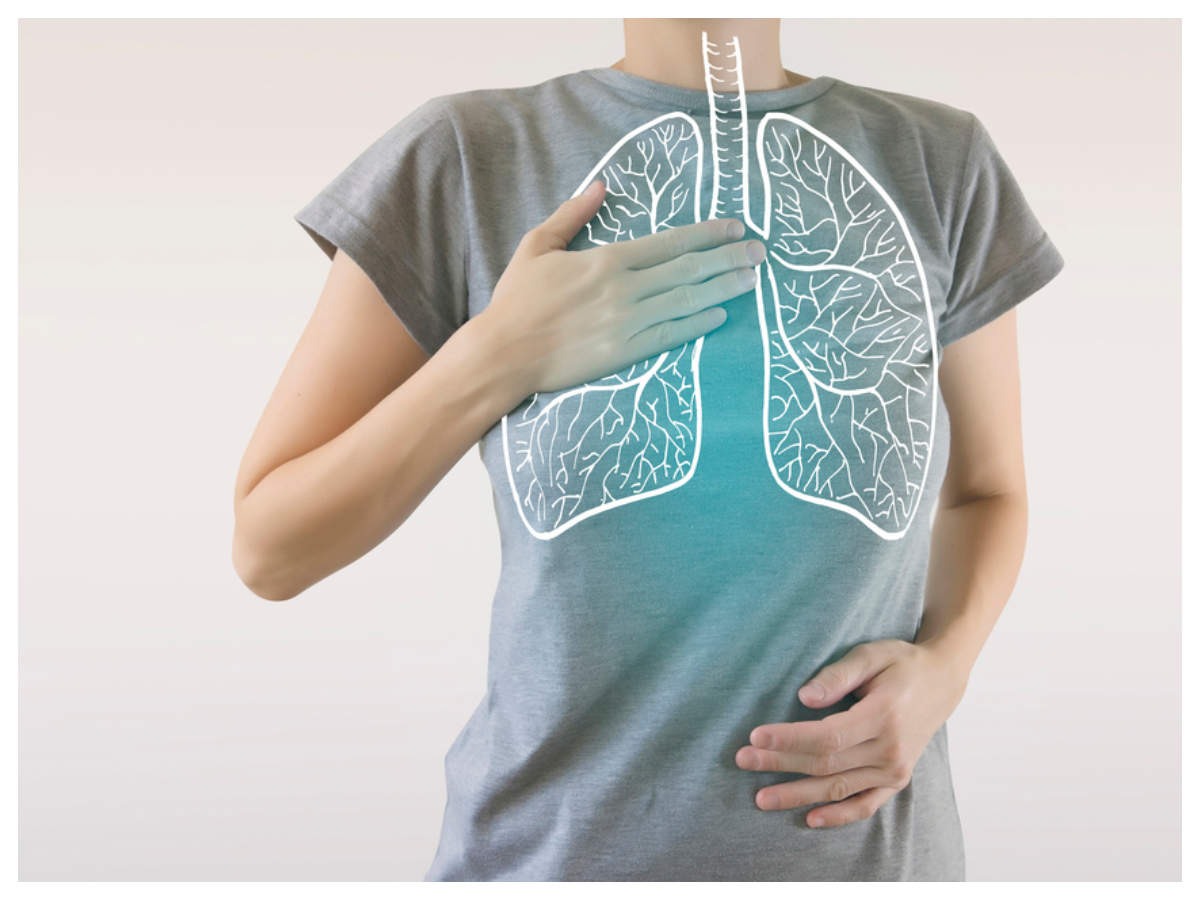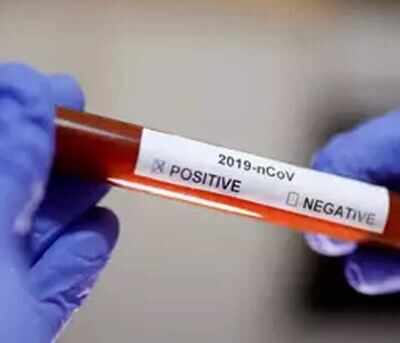
GUWAHATI: Nine hundred medical teams are carrying out Assam’s biggest door-to-door surveillance exercise to check the spread of Covid-19 in the community by capturing all fever, influenza and respiratory cases as its citizens start pouring in from other states.
The number of positive cases in the state has reached 62 and 20 of these cases have been reported in last five days since the state allowed people to come from outside the region.
National Health Mission (NHM), Assam mission director Dr Lakshmanan S said that the Assam Community Surveillance Plan (ACSP) has covered 50 lakh population of 6,800 villages spread over 28 districts in the first three days.
“The plan is to see if there is community transmission of Covid-19 right from grass root by this surveillance of Severe Acute Respiratory Illness (SARI) and Influenza-Like Illness (ILI). We are taking testing facility to the doorsteps of people. This exercise will also cater to early diagnosis of Japanese Encephalitis and malaria,” Dr Lakshmanan said.
So far 94 SARI cases and 1,500 ILI cases have been reported. “Over 5000 people have been found with fever and we have carried out rapid test for malaria on 4,038 of them and blood samples of 3,700 persons have been collected and 435 sample for JE have been collected. So far we have found two malaria positive cases,” Dr Lakshmanan said.
“One crucial outcome of this exercise is that now we know the location of the nearest covid-19 care centre and Covid-19 hospital from human habitats,” Dr Lakshmanan added.
The state is malaria endemic and has also is affected by JE in the rainy season. Last year about 160 lives were lost due to JE and about 400 due to AES.
The SOP for the surveillance programme ACSP states that Assam has been successful in breaking the chain of transmission and containment of Covid-19 endemic in the first phase and in order to strengthen the response mechanism going forward, the surveillance system has to be strengthened further under this project.
On day 1, an ASHA worker will visit every household for SARI and ILI and prepare the line listing. On day 2, doctors will visit those households where SARI and ILI cases have been reported by the ASAH worker and will actually examine the patient. On day 3, depending on the doctor’s instruction, lab technicians will go to the SARI or ILI symptomatic person’s house for collection of swab samples.
The SARI symptoms include fever, cough, shortness of breath, whereas ILI symptoms mostly include fever and cough, sore throat and runny nose.
The number of positive cases in the state has reached 62 and 20 of these cases have been reported in last five days since the state allowed people to come from outside the region.
National Health Mission (NHM), Assam mission director Dr Lakshmanan S said that the Assam Community Surveillance Plan (ACSP) has covered 50 lakh population of 6,800 villages spread over 28 districts in the first three days.
“The plan is to see if there is community transmission of Covid-19 right from grass root by this surveillance of Severe Acute Respiratory Illness (SARI) and Influenza-Like Illness (ILI). We are taking testing facility to the doorsteps of people. This exercise will also cater to early diagnosis of Japanese Encephalitis and malaria,” Dr Lakshmanan said.
So far 94 SARI cases and 1,500 ILI cases have been reported. “Over 5000 people have been found with fever and we have carried out rapid test for malaria on 4,038 of them and blood samples of 3,700 persons have been collected and 435 sample for JE have been collected. So far we have found two malaria positive cases,” Dr Lakshmanan said.
“One crucial outcome of this exercise is that now we know the location of the nearest covid-19 care centre and Covid-19 hospital from human habitats,” Dr Lakshmanan added.
The state is malaria endemic and has also is affected by JE in the rainy season. Last year about 160 lives were lost due to JE and about 400 due to AES.
The SOP for the surveillance programme ACSP states that Assam has been successful in breaking the chain of transmission and containment of Covid-19 endemic in the first phase and in order to strengthen the response mechanism going forward, the surveillance system has to be strengthened further under this project.
On day 1, an ASHA worker will visit every household for SARI and ILI and prepare the line listing. On day 2, doctors will visit those households where SARI and ILI cases have been reported by the ASAH worker and will actually examine the patient. On day 3, depending on the doctor’s instruction, lab technicians will go to the SARI or ILI symptomatic person’s house for collection of swab samples.
The SARI symptoms include fever, cough, shortness of breath, whereas ILI symptoms mostly include fever and cough, sore throat and runny nose.

Coronavirus outbreak
Trending Topics
LATEST VIDEOS
More from TOI
Navbharat Times
Featured Today in Travel
Quick Links
Kerala Coronavirus Helpline NumberHaryana Coronavirus Helpline NumberUP Coronavirus Helpline NumberBareilly NewsBhopal NewsCoronavirus in DelhiCoronavirus in HyderabadCoronavirus in IndiaCoronavirus symptomsCoronavirusRajasthan Coronavirus Helpline NumberAditya ThackerayShiv SenaFire in MumbaiAP Coronavirus Helpline NumberArvind KejriwalJammu Kashmir Coronavirus Helpline NumberSrinagar encounter
Get the app
